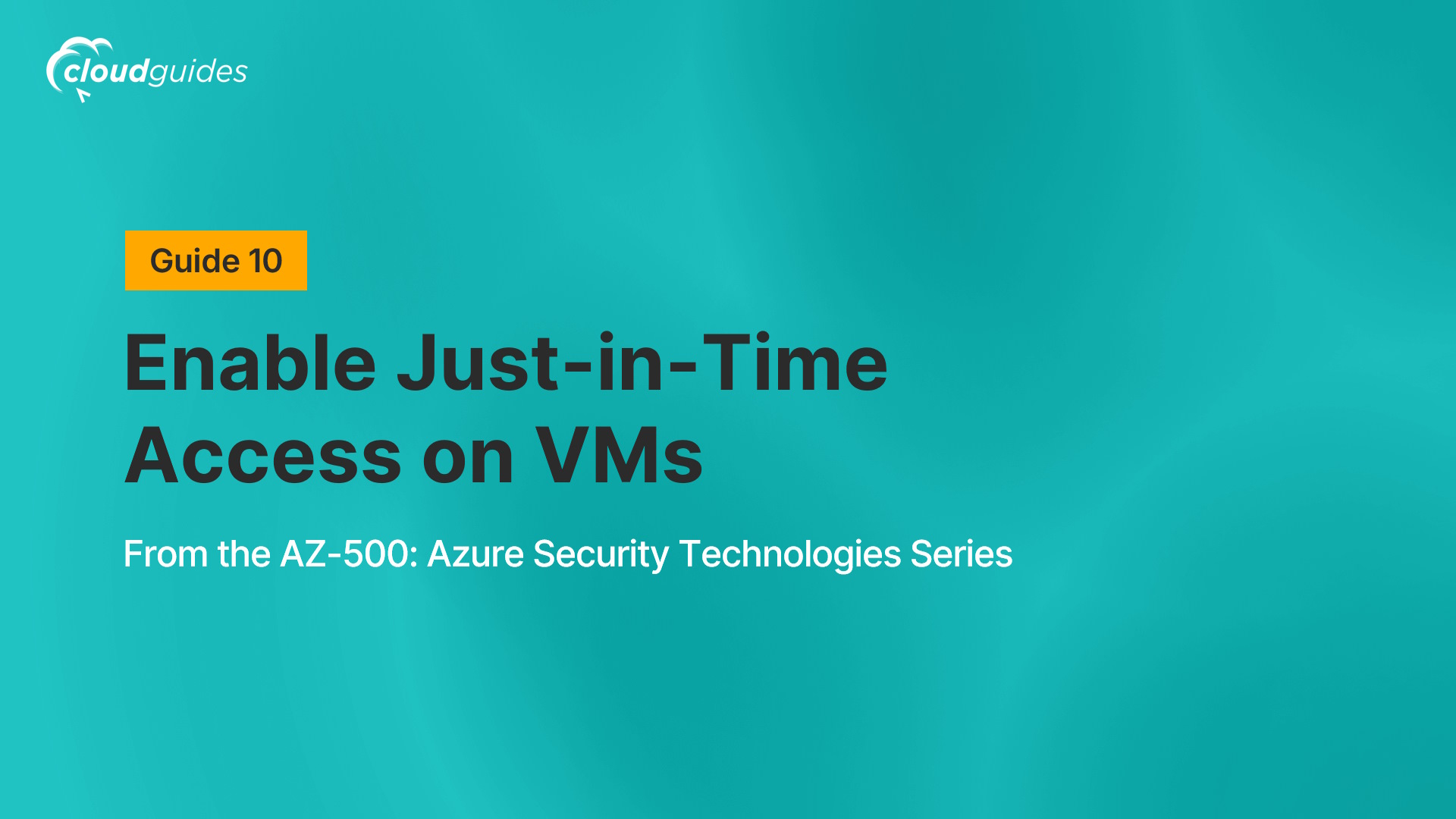
Role-Based Access Control
About this guide
Lab Scenario
You have been asked to create a proof of concept showing how Azure users and groups are created. Also, how role-based access control is used to assign roles to groups. Specifically, you need to:
- Create a Senior Admins group containing the user account of Joseph Price as its member.
- Create a Junior Admins group containing the user account of Isabel Garcia as its member.
- Create a Service Desk group containing the user account of Dylan Williams as its member.
- Assign the Virtual Machine Contributor role to the Service Desk group.
Lab Objectives
Exercise 1: Create the Senior Admins group with the user account Joseph Price as its member (the Azure portal)
- Task 1: Use the Azure portal to create a user account for Joseph Price
- Task 2: Use the Azure portal to create a Senior Admins group and add the user account of Joseph Price to the group
Exercise 2: Create the Junior Admins group with the user account Isabel Garcia as its member (PowerShell)
- Task 1: Use PowerShell to create a user account for Isabel Garcia
- Task 2: Use PowerShell to create the Junior Admins group and add the user account of Isabel Garcia to the group
Exercise 3: Create the Service Desk group with the user Dylan Williams as its member (Azure CLI)
- Task 1: Use Azure CLI to create a user account for Dylan Williams
- Task 2: Use Azure CLI to create the Service Desk group and add the user account of Dylan to the group
Exercise 4: Assign the Virtual Machine Contributor role to the Service Desk group
- Task 1: Create a resource group
- Task 2: Assign the Service Desk Virtual Machine Contributor permissions to the resource group
Role-Based Access Control Architecture Diagram
Job Skills
The Cloudguides in this series help IT professionals gain practical skills related to making Microsoft Azure environments more secure, including how to implement security controls, manage identity and access, protect data and applications, monitor for threats, and maintain a secure posture across various Azure services.
Career Connections
With the increasing demand for cybersecurity expertise, professionals with the skills from this series can pursue job prospects in roles such as Cloud Security Engineer, Security Analyst, Azure Security Consultant, Security Administrator, and Compliance Manager.
As of 2025, average U.S. salaries range from $103,197 to $143,002 for entry-level roles and $120,201 to $203,652 for professionals with 5 years' experience across positions like Cloud Security Engineer, Security Analyst, Azure Security Consultant, Security Administrator, and Compliance Manager. Please note that these figures are approximate, derived from online sources, and can vary based on factors such as location, industry, and company size.
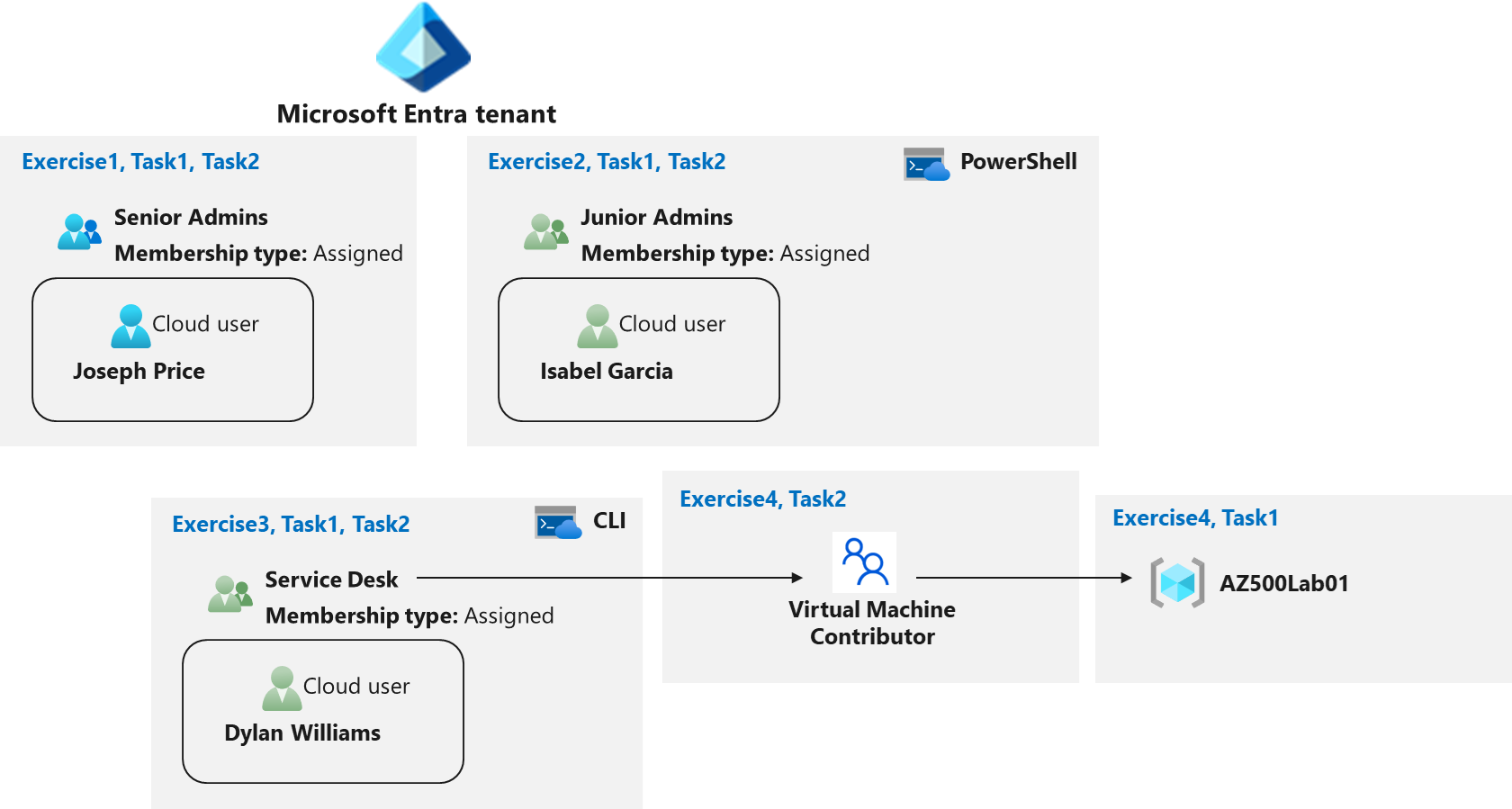


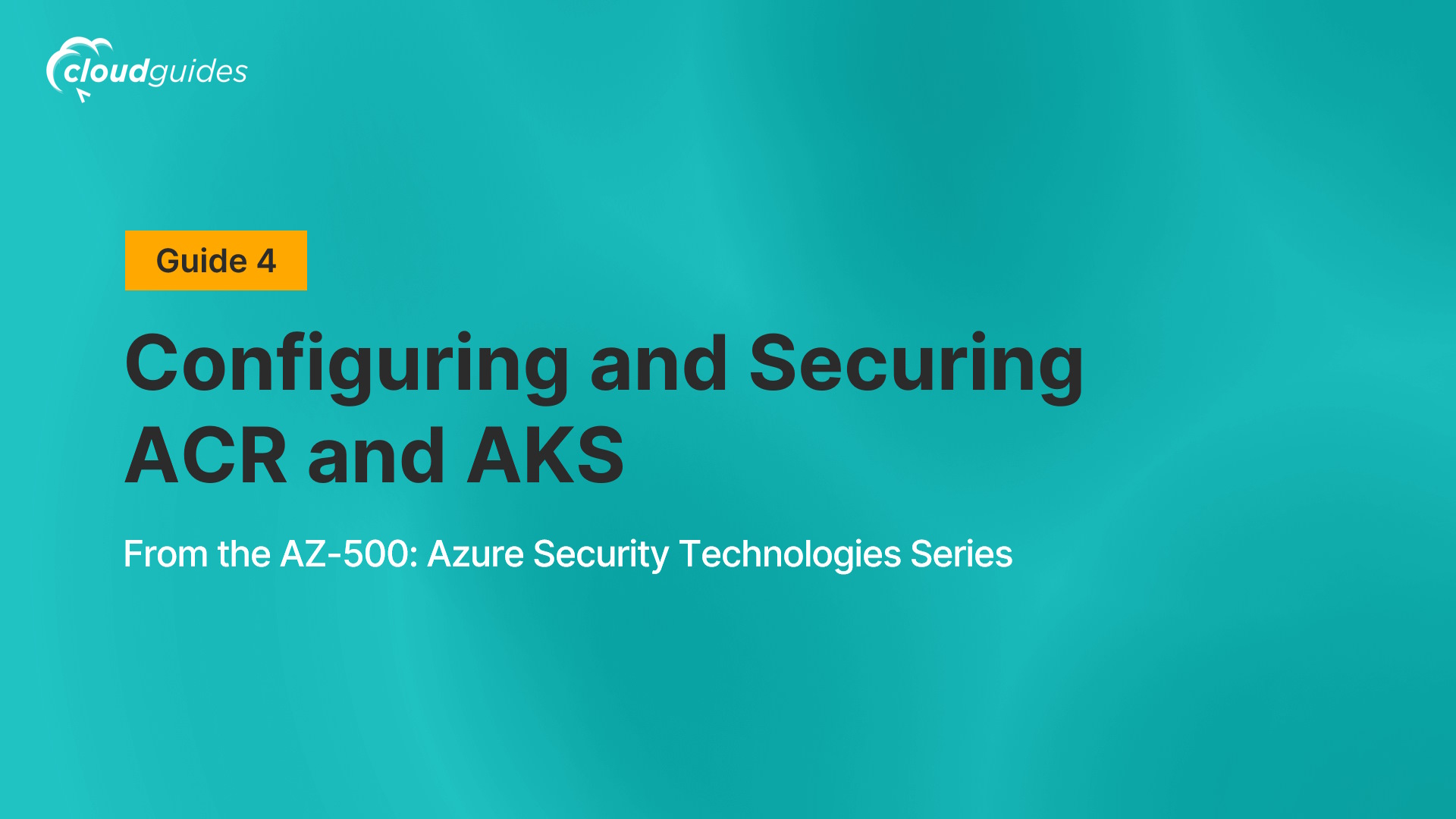
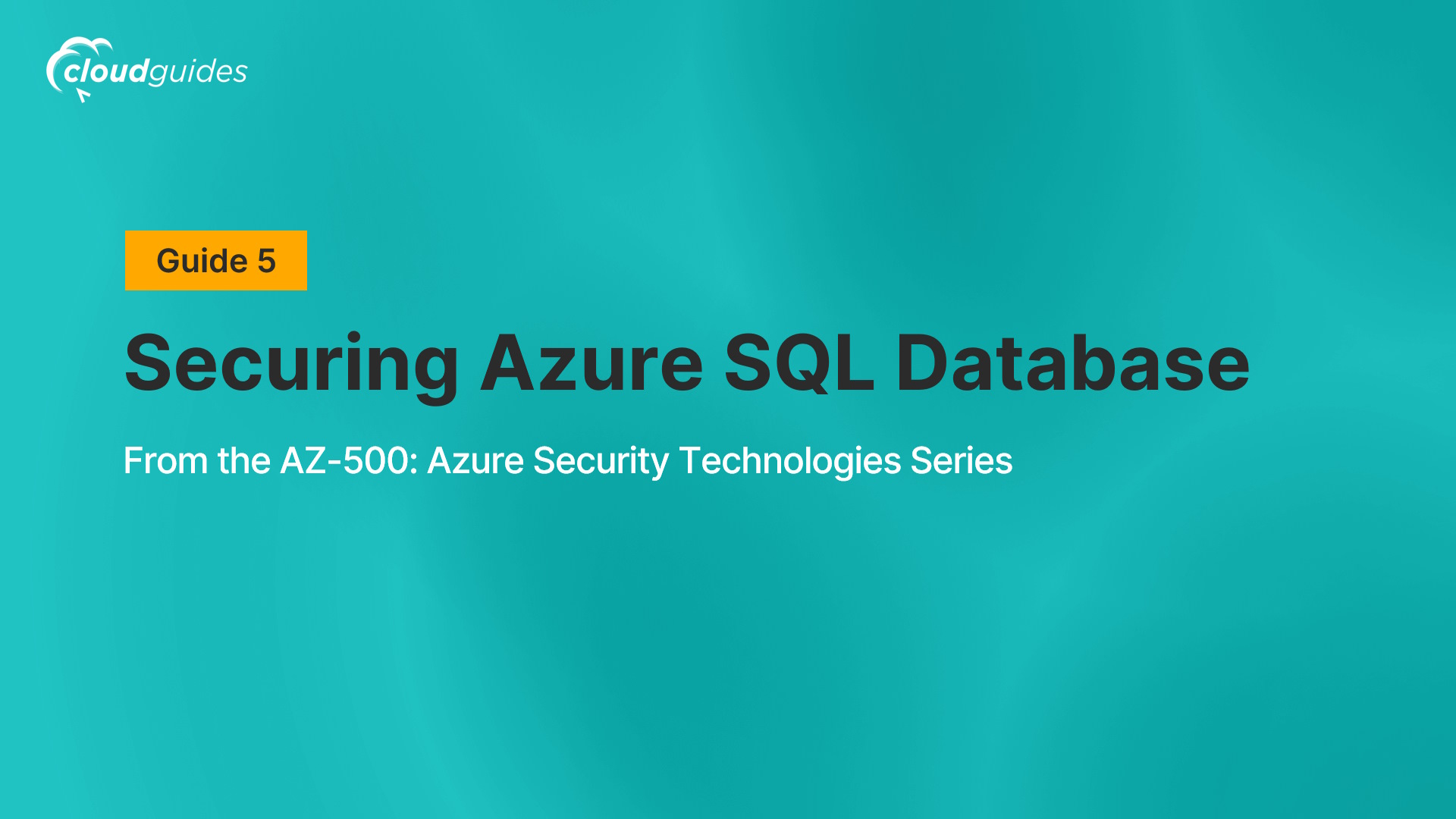
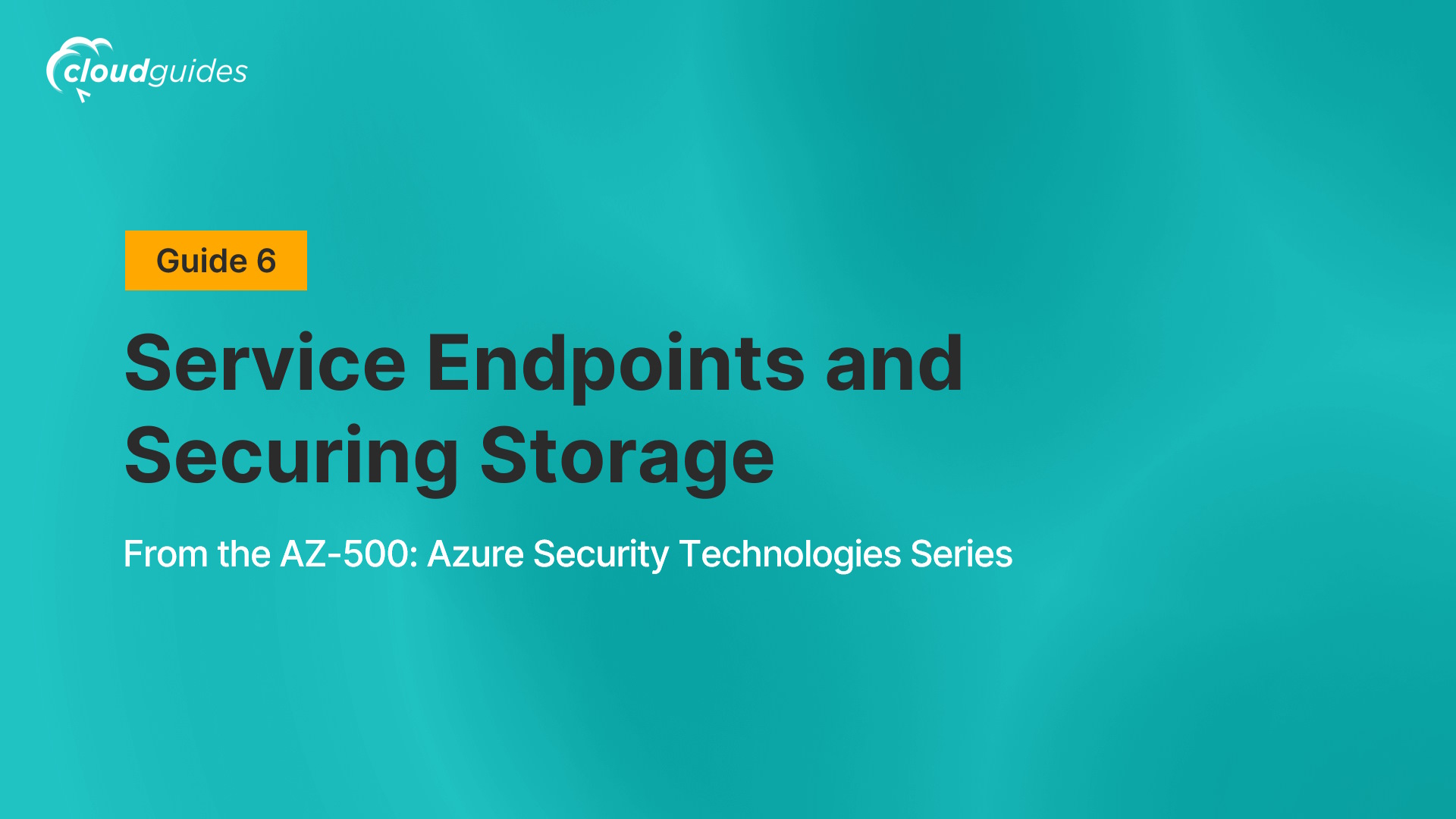
/Key%20Vault%20(Implementing%20Secure%20Data%20by%20setting%20up%20Always%20Encrypted).jpg)
/Create%20a%20Log%20Analytics%20Workspace%2C%20Azure%20Storage%20Account%2C%20and%20Data%20Collection%20Rule%20(DCR).jpg)

